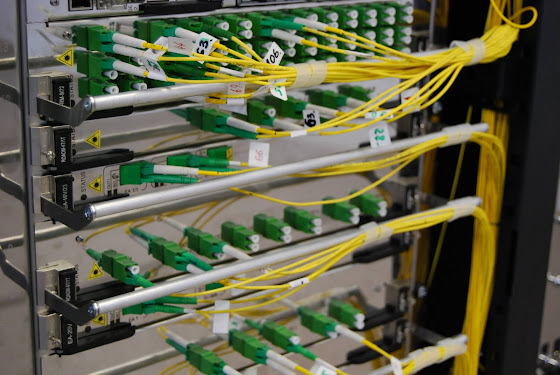The Major Components of a Structured Data Cabling System
There's a fair bit of buzz relating to organized data cabling nowadays, yet not much info on exactly what composes an organized information cabling system. This type of system is usually discovered in business buildings or universities (groups of industrial buildings) and also includes a variety of smaller sized, standardized elements, or subsystems. The cabling from the outside world gets in via a major telecommunications area called, among other things, a demarcation point, which links to other telecommunications spaces throughout the structure. Each of these rooms is linked to the major area with riser wire. Expanding from each of the telecoms areas is straight cabling, which connects to workstations.
Telecommunications Rooms Are Essential Components of Structured Data Cabling Systems
A lot of companies are attached to the phone company and their network provider by way of a huge, multi-pair wire that is brought right into the demarcation point. The separation factor is generally described as the entryway facility since it is where the supply wire enters the building. This space may or might not house racks of interactions equipment, yet will almost always get on an outdoors wall surface, because the cord coming from the outside is water-proofed making use of a very flammable oil jelly, understood to lots of installers as icky-pick. A lot of building regulations permit an optimum of 25 feet of the "outside plant" cord in a building as a result of the fire danger. Other spaces are known as intermediate wardrobes and also house the equipment that keeps the company's networks running: switches, hubs, routers, as well as spot panels.
Attaching Closets in Structured Data Cabling in UK
As mentioned, many structures have greater than one telecom wardrobe. These wardrobes are adjoined by cabling referred to as riser or vertical cabling. This name is stemmed from the truth that a lot of communications spaces on separate floorings are stacked. TRs on the same floor are likewise connected by riser cable, even though those wires don't relocate in between floorings.
Workspace Components Have Varied Uses
Any type of place that a network cord is terminated is taken into consideration in a workspace. Anything that is linked to the network is therefore taken into consideration a work area part. These will certainly consist of network outlets, spot cords, and also tools such as computer systems, telephones, printers, as well as fax machines. This indicates that anything from a printer carrel, meeting room, to a person's cubicle is thought about as a workstation.
Straight Cabling Connects Everyone to Closets
All those workplace parts explained over would be quite pointless without some method to attach them to the network as well as the telecoms rooms. This is where horizontal cabling comes in. This is the cabling that connects workstations to the network using those patch panels, routers, and also switches discovered in the telecommunications areas.
Installation of this data cabling is governed by several requirements, one of the most crucial being the EIA/TIA 568-B standard. This standard specifies that each long-term link (the cord run from spot panel to network device) may not exceed 90 meters in size. The maximum force made use of throughout the installation of the cable is likewise specified (approximately 20 foot-pounds per wire). Other points that are pointed out in the requirements are such things as suitable methods of suspending cord runs. The 568 criterion is additionally broken down right into numerous categories that relate to the maximum speed that the wire plant is certified to operate at.
With 25 years of experience Telecommunication Contractor in the UK is putting together organized cabling task costs for our clients, Wayne Connors & ACCL offers you a complimentary task price estimator download. Paired with our Technical Proposal tender paper for Data Cabling installment books- you can conserve thousands! All facets of your following tender proposal are included.




Comments
Post a Comment